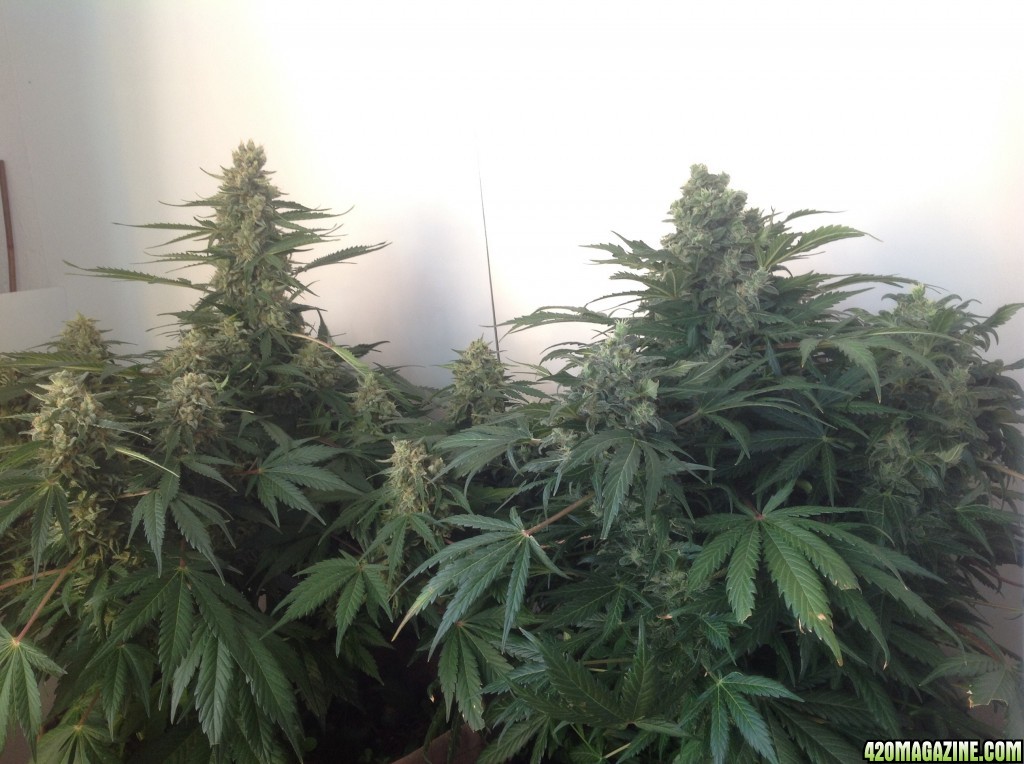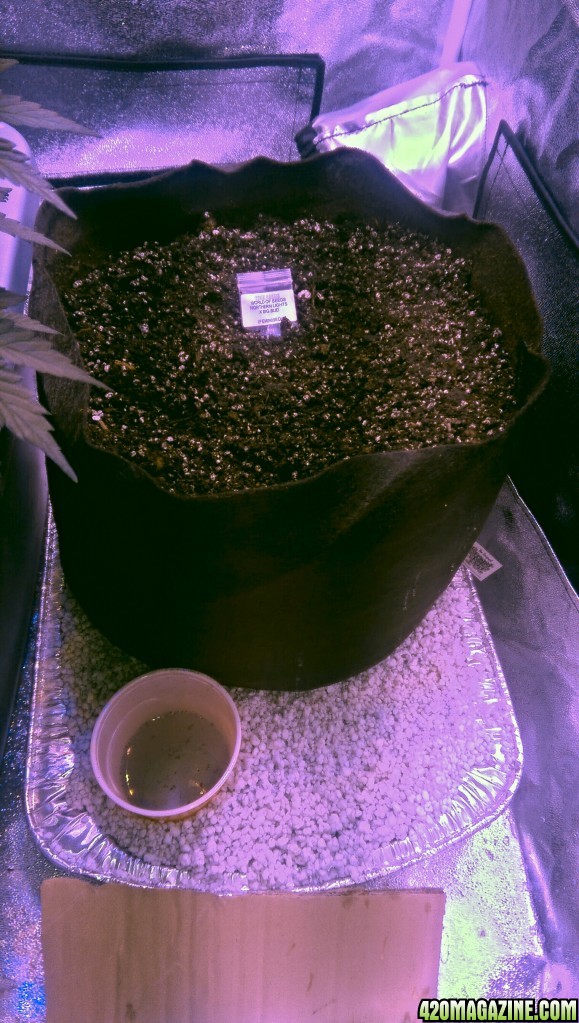Thanks for the documented side-by-side, PeeJay!

It's startling how educational a simple experiment can be. I never really thought about incremental root development - the hourly/daily growth - before. Seeing examples of that growth is So instructive! Since we're feeding from the soil biota and not directly, we want lots of surface area, lots of fine roots. To get that, we have to have more uniformity in soil moisture than the Swick provides. It would seem that Swick has the advantage there, but unfortunately the lowest soil layer stays wet, encouraging roots to settle in and grow, impeding lateral growth. Foliage does better at the expense of root development.
Very interesting.

I'm also curious about aeration, a subject that almost never comes up in the forums. I've always erred to the dry side when caring for potted plants and even those in beds, because it's fairly easy to add more water, and hard to take it out, AND because while you wait for the soil to dry, the roots are choking to death - double trouble.

I've never killed a plant by parching it, but many houseplants have died from soggy soil. So ... what about the role of aeration? Our lil soil beasties thrive on it, don't they? They don't really love water - it's a thick humid soil atmosphere that they love. The chemical reactions require available gasses, so they need to be able to freely burble and osmose throughout the soil.
Parch-and-Drench watering allows portions of the soil to get mortally dry, so it definitely has its downside, but it seems like Swick has one, too. Actually ... Swick would be better for bloom, when the roots are already established and the plant simply needs a steady source of water ...





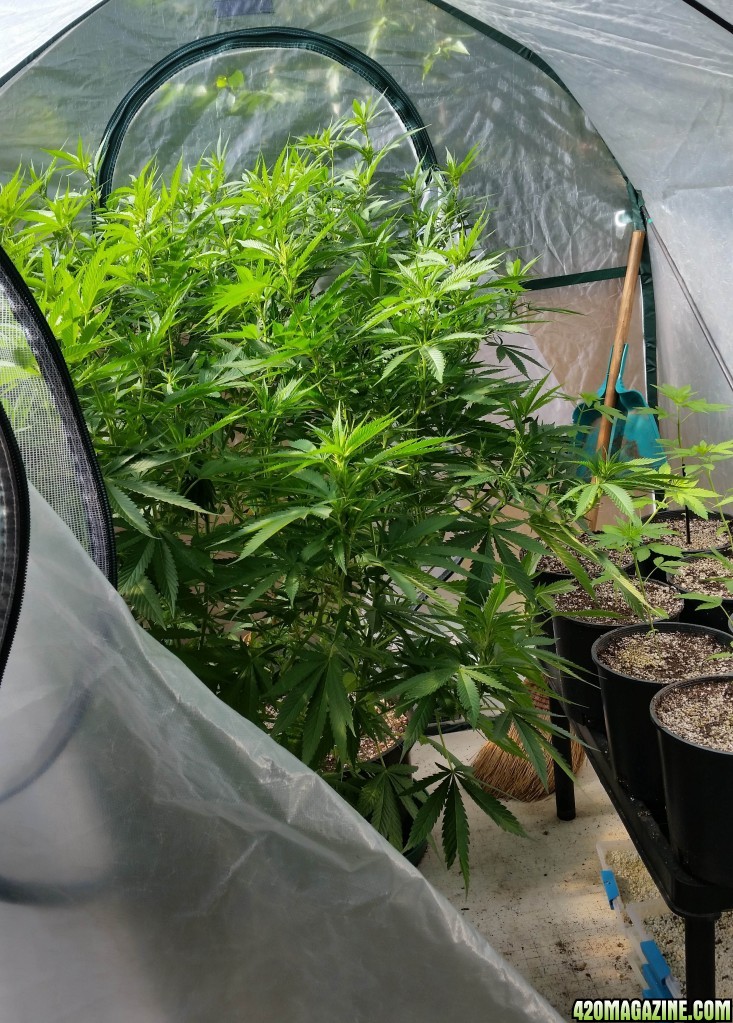
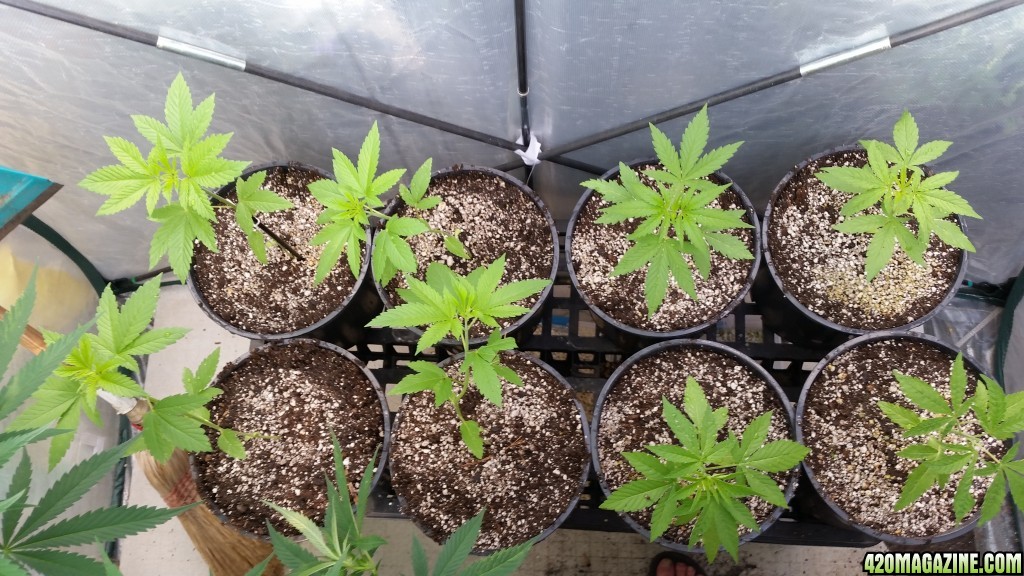
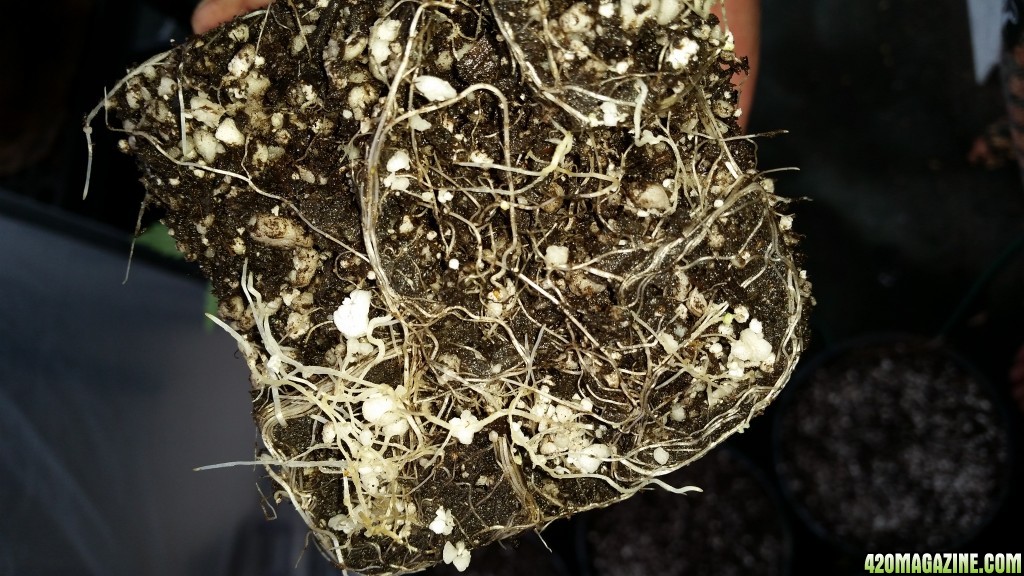
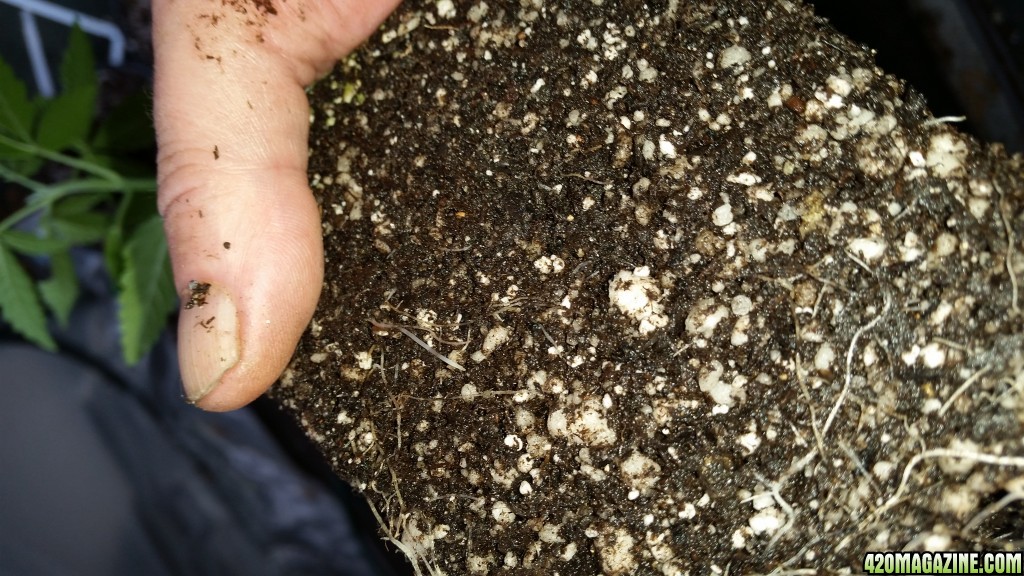
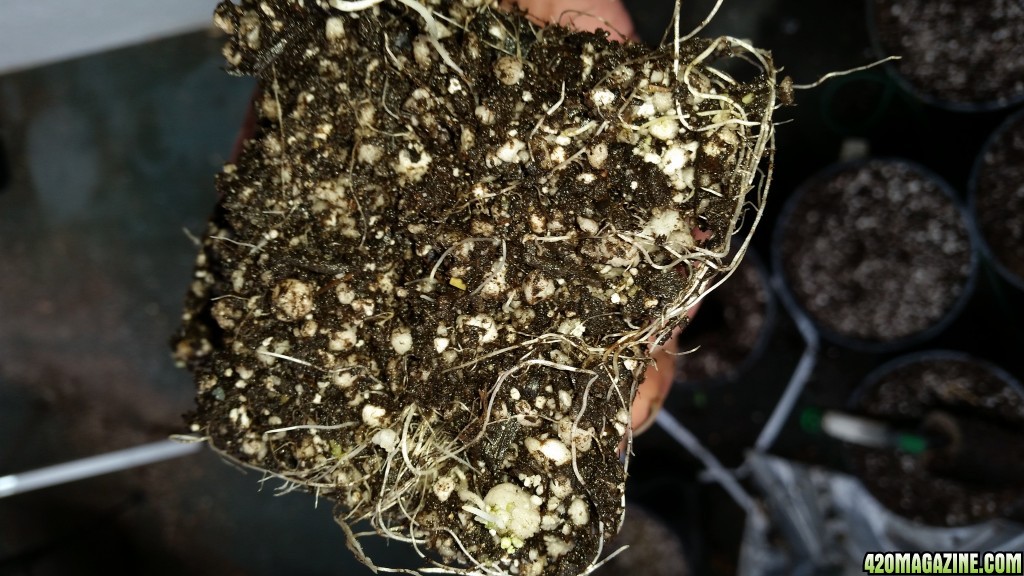
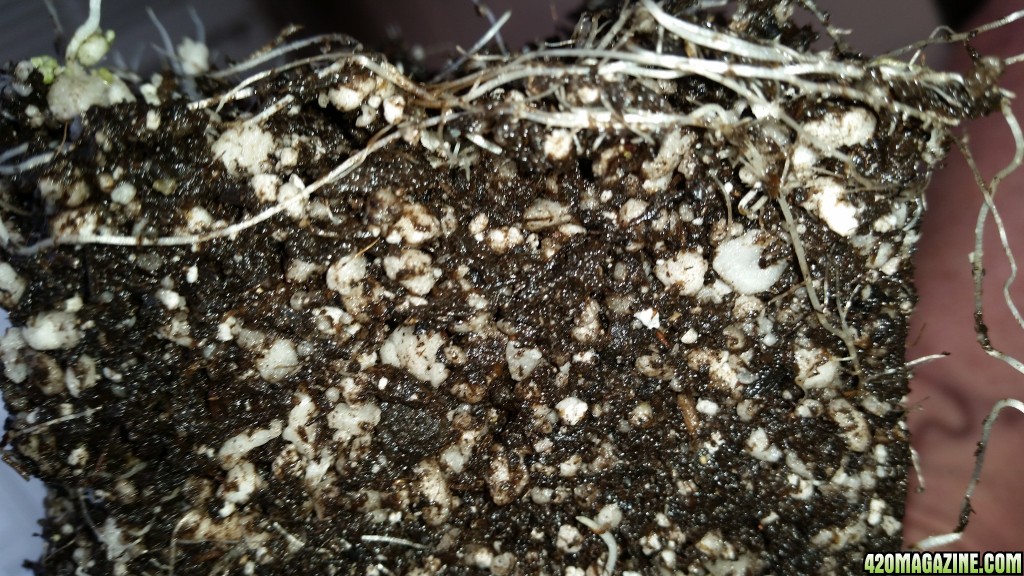
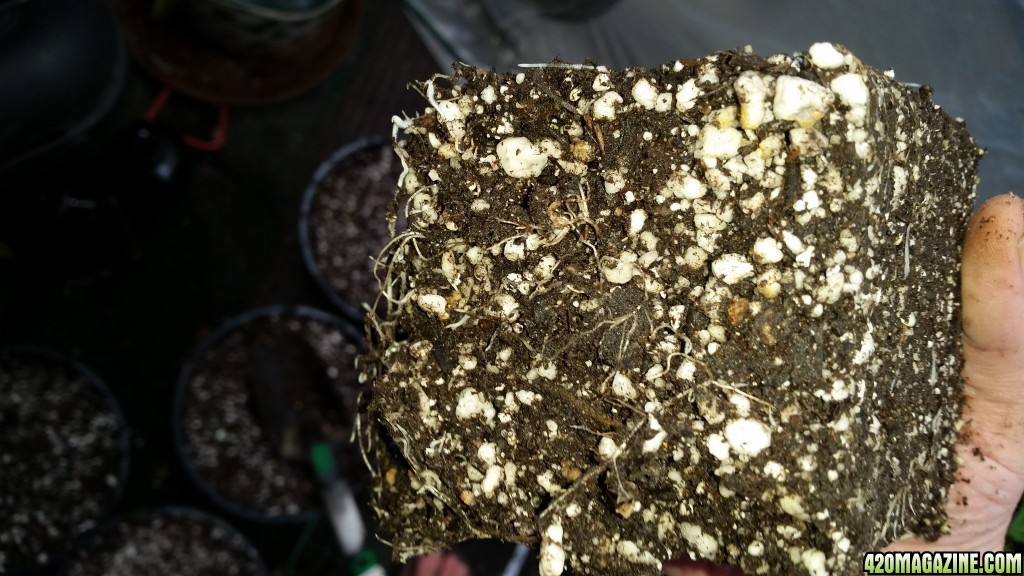
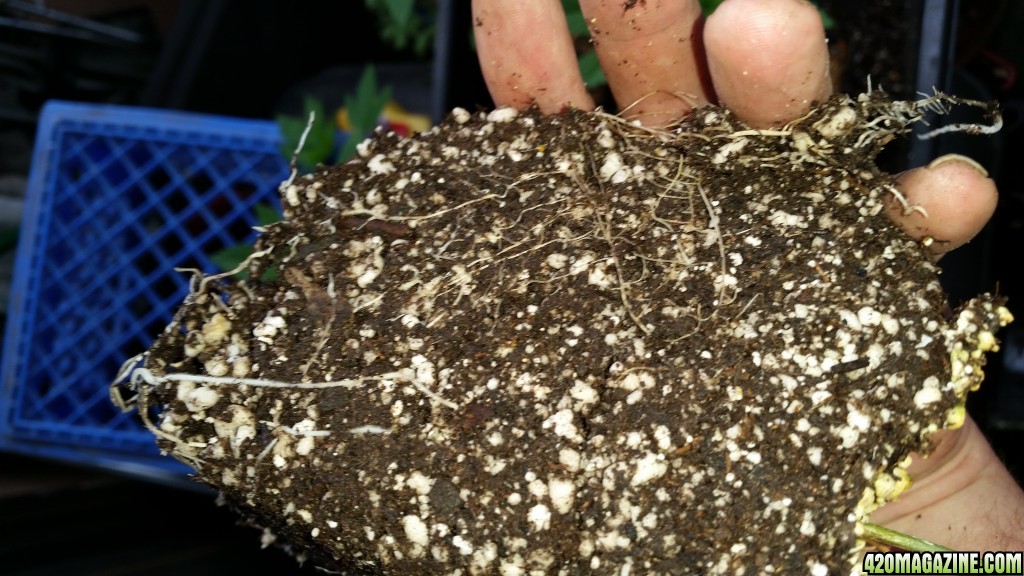
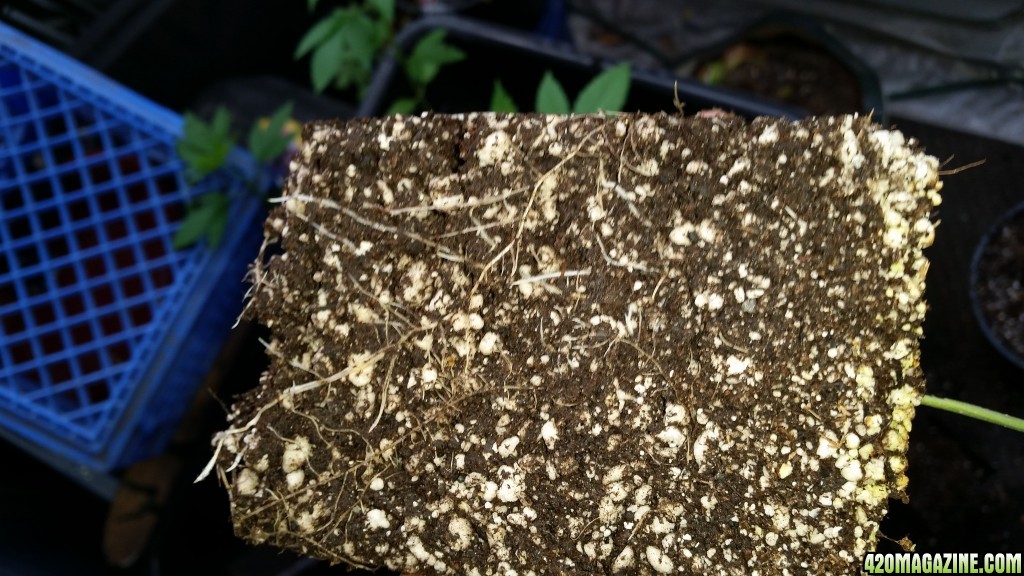
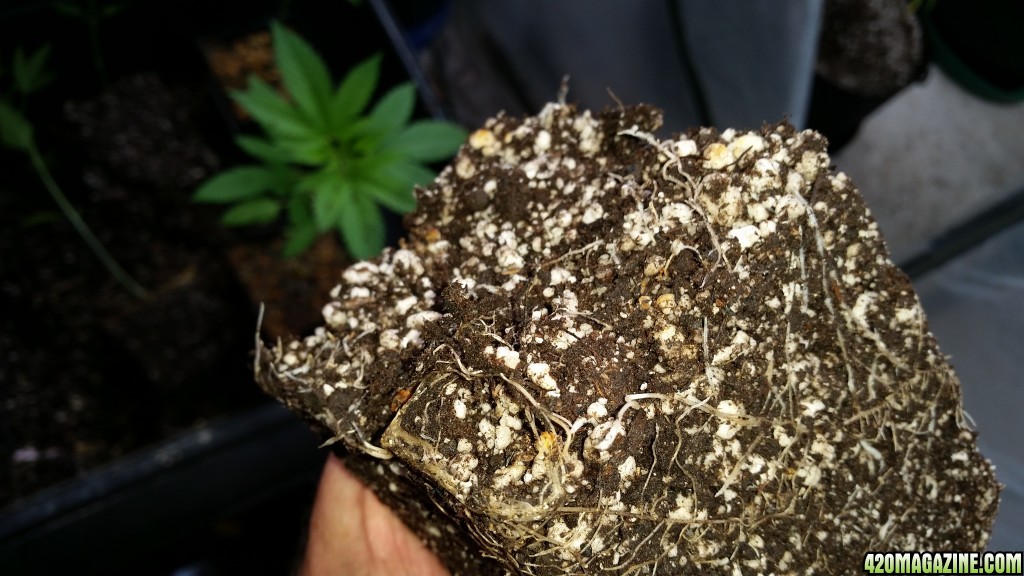




 I've never killed a plant by parching it, but many houseplants have died from soggy soil. So ... what about the role of aeration? Our lil soil beasties thrive on it, don't they? They don't really love water - it's a thick humid soil atmosphere that they love. The chemical reactions require available gasses, so they need to be able to freely burble and osmose throughout the soil.
I've never killed a plant by parching it, but many houseplants have died from soggy soil. So ... what about the role of aeration? Our lil soil beasties thrive on it, don't they? They don't really love water - it's a thick humid soil atmosphere that they love. The chemical reactions require available gasses, so they need to be able to freely burble and osmose throughout the soil.
